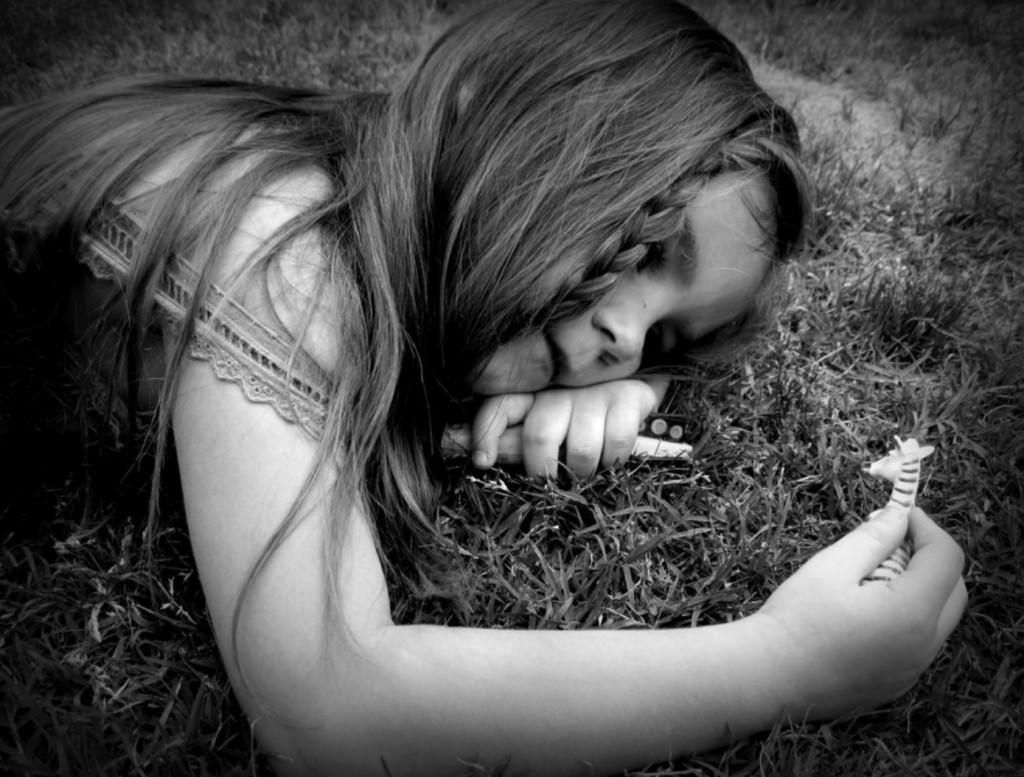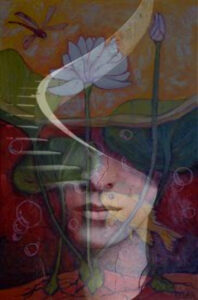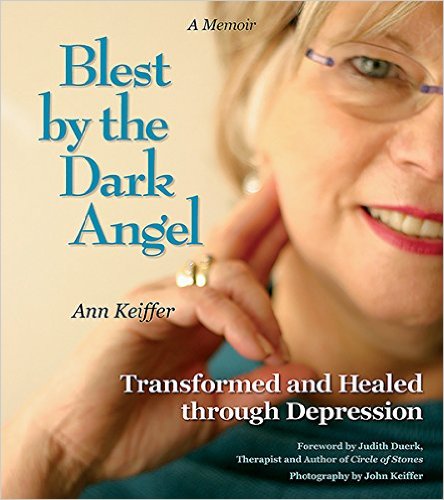Sometime after my imaginary friend Steedie O’bye
disappeared, the Easter Bunny brought me a gift.
Nestled in the green cellophane grass of my Easter
basket, next to the marshmallow peeps and chocolate
bunny, were two figurines: A prince and a princess
elegantly attired in sculpted, painted-on finery.
The prince wore yellow satin knee breeches, a black
frock coat, black buckle shoes, a white shirt with a
cascading bit of real lace—stiffly starched—at his neck.
The princess, also in formal dress, wore a yellow satin
ball gown with fitted bodice, a starched lace ruffle, a
strand of teeny-tiny pearls around her teeny-tiny neck.
Every day I made a new house for my “figs,” as my family
came to call them. Books from the shelf, dust jackets
removed, laid on the floor in whatever patterns pleased
me, each different-colored cover representing a separate
room in the house of my prince and princess. For hours
every day I played out my fig stories—on top of stories.
For Christmas, in secret, my parents built for me a flat
wooden dollhouse, a floor plan of rooms to mimic my
book-houses, but with finger-tall walls, wee woodwork,
door openings, a picture-postcard window. Such a loving
gift! I wanted to love the dollhouse, but it had such rigid
boundaries. I tried to love the dollhouse, but longed for
my made-up houses of books. Ungrateful girl, I told myself.
Not long after, I gave up my figs.
Ann Keiffer
September, 2012
Photo Credit: dragonfly-in-the-sea at deviantart




